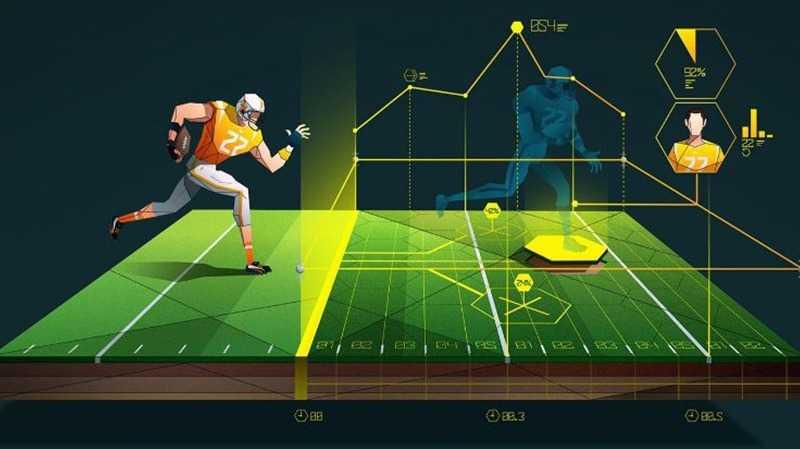The remarkable Sports Officiating Technology Market Growth is being fueled by a powerful convergence of economic, social, and technological forces that have fundamentally altered the landscape of professional sports. The primary catalyst for this expansion is the commercialization and professionalization of sport itself. With media rights deals reaching into the tens of billions of dollars and individual player contracts worth hundreds of millions, the financial consequences of a single incorrect call have become astronomical. Leagues and teams can no longer afford the risk of a championship being decided by a human error. This economic imperative has transformed officiating technology from a "nice-to-have" innovation into an essential risk management tool for protecting the value and integrity of the sporting product.
Beyond the direct financial drivers, a significant accelerator of growth is the shifting expectation of the modern sports fan. Today's viewers, armed with high-definition televisions, instant replays on their smartphones, and a platform on social media, are more knowledgeable and vocal than ever before. They have access to the same camera angles as the broadcasters and will not tolerate obvious officiating mistakes. This demand for perfection and transparency has created immense public pressure on sports leagues to adopt any and all tools that can help get the call right. The technology is no longer just for the officials; it is a way for leagues to demonstrate their commitment to fairness to their all-important fanbase, thereby strengthening fan engagement and loyalty.
A third major driver is the rapid advancement of the technology itself. What was once science fiction—like tracking the precise 3D position of a ball in real-time—is now a reliable and proven reality. The increasing power and decreasing cost of high-speed cameras, sensors, and processing hardware have made these systems more effective and financially viable. Moreover, breakthroughs in artificial intelligence and machine learning are unlocking new capabilities, such as automated event detection and predictive analytics, which promise to make officiating even faster and more accurate. This continuous cycle of innovation makes the technology more compelling with each passing season, encouraging leagues that have been slow to adopt to finally invest and driving existing users to upgrade their systems.

